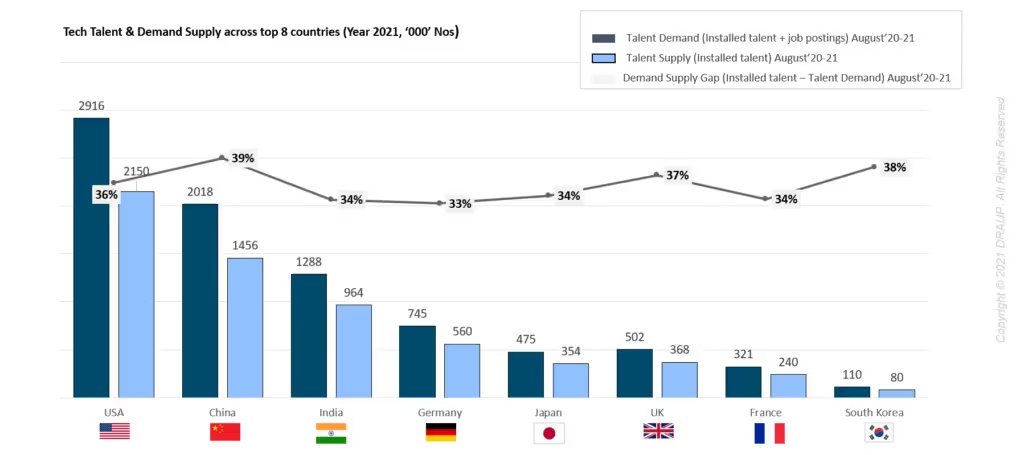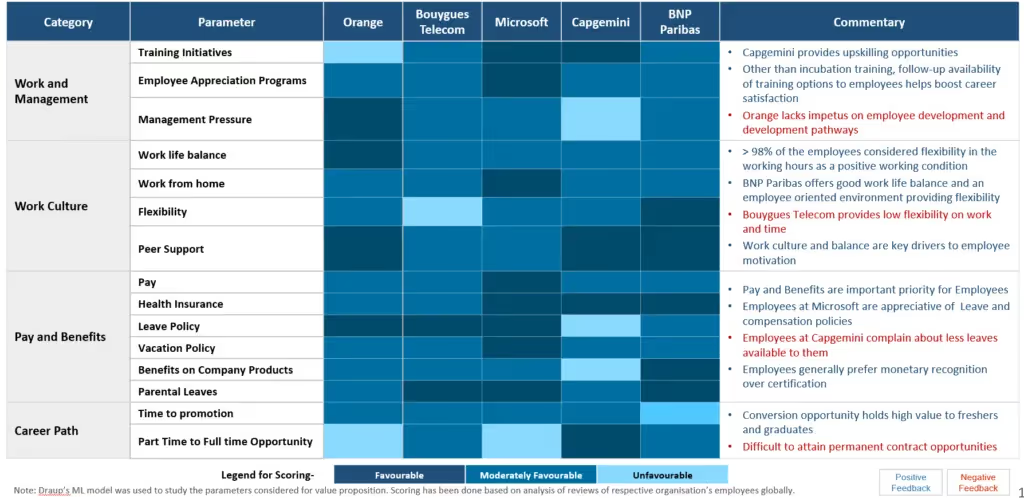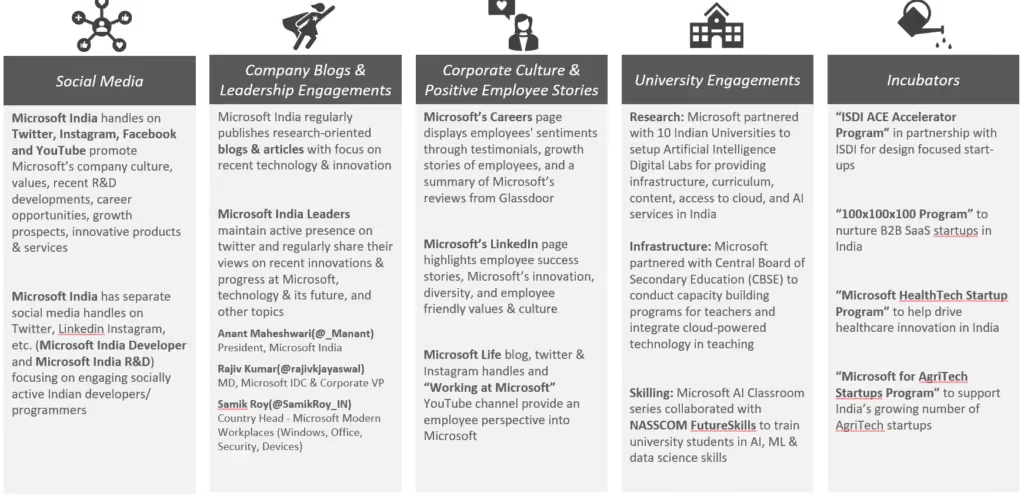Transformation of Enterprise Talent Management: From Flat to Fast to Smart to Deep
People who observe technology often say the world has gone Flat to Fast to Smart to Deep. (Flat means connectivity to people worldwide, Fast means the ability to connect quicker, Smart emphasizes how we collect intelligent data across several attributes, and Deep signifies that you can take action around the data collected). If you look at this transformation, we have made this change in a period of 25 years!. One can imagine what historians, two centuries later, will write about such an accomplishment in less than 25 years. They may even call us the smart aliens from outer space who lived on Earth and accomplished this feat.
Such is the power of our progress. This type of progress is also translated and manifested in how Enterprises handle our talent and manage our Human Resources. If we close our eyes and imagine the work environment in the 1990s (this may reveal my age), if we park our cars in the parking lot at 8 AM – we were lost and immersed in a different world and would not know a thing about the real world till we step out at 5 PM or 6 PM.
Today, an enterprise professional interacts with professionals across 7 to 10 different global locations, access multiple global systems, and think about the ramifications of any policies across multiple countries. All while managing their personal lives in the same digital ether.
Supply-demand gap
The belief in technology and all things digital has gone high significantly, and as a result, the supply-demand gap is growing across countries. For example, in the US, the Software demand is touching close to 3 million with a talent supply of around 2.1 million. So you absolutely have to hold on to the talent that is already in the enterprise. A few leaders whom I spoke to are thinking about making Talent Retention a function of Recruiters. As I have always said, Recruiters often know the pulse of the market efficiently. Without looking at many market studies, they can often voice a data-driven opinion. Leveraging them in different ways to manage talent is a good strategy.

Digital priorities are therefore not limited to what you do for your customers but also depend on how seamless your employees are enabled and retained. A big part of managing the Supply -Demand gap at an enterprise level is retention and reskilling.
Talent Loss Analytics
Talent Loss Analytics is a branch of service that Draup has recently launched (not a sales pitch as we will enable you to do this yourselves). This branch of analysis helps you better retain the service. Talent Loss analysis is a more profound effort. It just does not mean logging the companies where you have lost the talent. There is a hierarchy of talent needs, and this has to be studied well. Let us look at the recent analysis we conducted. We analyzed (based on only external market data sets) why talent prefers one company over the other among a few companies in Europe. While pay and compensation are undoubtedly a variable, there are several other needs variables, as shown in the table below. Such an analysis can be helpful to look at monthly/quarterly basis

Microsoft Success Story in India Branding
Another critical aspect in Retention to Local Branding. We looked at Microsoft and how their initiatives are local and customized to a specific Country/location. Something to consider as it impacts both Retention and Hiring.











.svg)




















.svg)





.svg)
